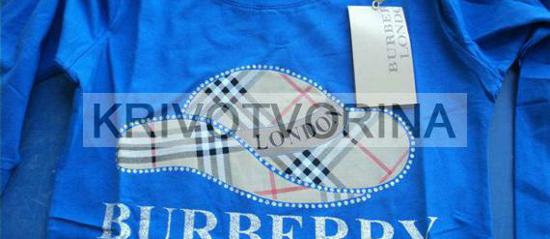EUIPO’s Study on Risks Posed by Counterfeits to Consumers Published

Photo: Customs of the RoC
The European Union Intellectual Property Office (EUIPO) published another study in a row dealing with counterfeiting or piracy issues (infringements of intellectual property rights), originally titled “2019 Qualitative Study on Risks Posed by Counterfeits to Consumers”.
Research so far has shown that counterfeit goods are often produced by criminal networks. Not only that they wilfully infringe intellectual property rights but they are surely not concerned with the quality and the safety of the products they intend to place on the market. This is why such products can contain substances or components that do not meet European safety requirements and therefore present potentially dangerous risks to the health and safety of European consumers who would use such products.
The study explains the role of the „Rapid Alert System for dangerous non-food products“ (RAPEX), the only system of the European Commission for quick exchange of official information regarding products posing the risks to the health and safety of consumers.
As to the results recorded by this system, it is necessary to point out that the system does not cover all types of products; it does not comprise food, animal feed or medicines. Since this system was set up in 2003, over 22,000 alerts have been submitted on dangerous products, and in 2017 alone, 2,201 alerts on dangerous products were sent by Member States, relating mostly to toys, motor vehicles and fashion items. Potential risks with using such products related mostly to injuries, poisoning, choking and electric shock; however, other risks or a combination thereof are possible as well.
Toys are most often identified as dangerous and counterfeit goods evidenced in RAPEX in the period from 2010 to 2017 (50% alerts), followed by clothing, textiles and fashion items (approximately 30% alerts); as to the origin of these products, most of them are produced outside of the European Union (73% of products were found to originate from China).
The study contains an analysis of RAPEX alerts, including the analysis of a potential risk to consumers on a case-by-case basis.
The study highlights the need to gather data on counterfeit products from other relevant sources as well, in order to conduct further research and warn the public of these negative and dangerous phenomena.
EUIPO’s study can be accessed here.
Datum novosti: 13.6.2019.